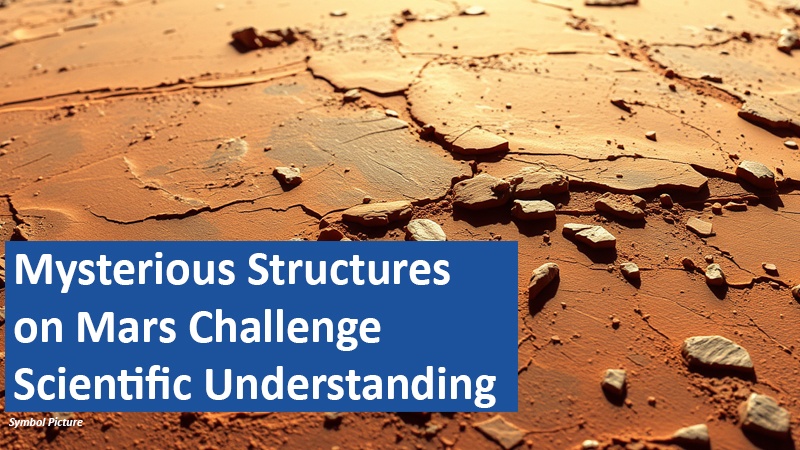
NASA researchers have identified geological structures on Mars that are unlike anything found on Earth. From spider-like formations shaped by underground CO₂ eruptions to towering geysers blasting dark dust over the planet’s poles, these findings continue to puzzle scientists. The discovery provides new insights into the planet’s geological activity and raises intriguing questions about Mars’ dynamic environment.
Discover the best deals on Amazon now!
The Enigma of Spider-Like Patterns on Mars
High-resolution images from NASA’s Mars Reconnaissance Orbiter have captured an extraordinary sight: vast, web-like formations stretching across the Martian southern polar region. These patterns, known as araneiform terrain, are formed through a process unlike anything seen on Earth. Trapped carbon dioxide gas builds up beneath a thick layer of seasonal ice and erupts in sudden outbursts, carving intricate channel-like structures into the surface.
On Earth, landscapes are shaped primarily by water, wind, and tectonic activity. However, Mars’ extreme conditions allow for an entirely different process. During the Martian winter, CO₂ accumulates under the ice cap. When spring arrives and sunlight warms the ground beneath, the trapped gas sublimates—turning directly from solid to gas—until pressure forces an eruption, leaving behind these strange formations.
CO₂ Geysers and the Changing Martian Surface
In addition to the spider-like formations, scientists have observed massive dark patches appearing across Mars’ surface. These marks result from CO₂ geysers—violent gas eruptions that propel dust and sediment into the thin Martian atmosphere. First described in 2006, these “Keiffer geysers” are believed to be seasonal, forming when trapped gas suddenly breaks through the ice cap.
As sunlight penetrates the frozen CO₂ layer, it heats the ground below, creating an increasing buildup of pressure. When this pressure exceeds the ice’s ability to contain it, gas and dust erupt in powerful jets, leaving behind vast dark stains. These seasonal changes challenge previous notions that Mars’ polar caps are static, revealing an active and evolving environment.
Implications for Future Mars Exploration
Studying these processes is crucial for future Mars missions. By analyzing how CO₂ accumulates and escapes, scientists hope to gain a better understanding of Mars’ atmospheric behavior and subsurface composition. Some researchers speculate that similar gas-trapping mechanisms may have once involved water, offering potential clues about Mars’ past habitability.
This research is also relevant for human exploration. If subsurface gas reservoirs exist, they could impact future settlements, resource extraction, or even strategies for sustaining human life on Mars. These findings not only provide a deeper understanding of Martian geology but could also influence the design of future missions and habitats.
What Else Might Be Hidden Beneath Mars’ Surface?
The discovery of these seasonal Martian eruptions suggests that the planet is far more geologically active than previously assumed. Could these same processes have played a role in Mars’ past climate shifts? Might similar gas-driven eruptions occur elsewhere in the solar system?
These discoveries highlight that Mars is a far more dynamic world than once believed, with seasonal processes actively reshaping its surface. Understanding these unique geological mechanisms could provide valuable insights into Mars’ past climate and the possibility of subsurface resources. Future missions may uncover even more hidden processes, potentially bringing us closer to answering whether Mars once harbored life.Could similar gas-driven eruptions exist on other planets or moons in our solar system? What implications do these findings have for future human exploration of Mars? Share your thoughts in the comments!
Based on content from www.dailygalaxy.com and own research.